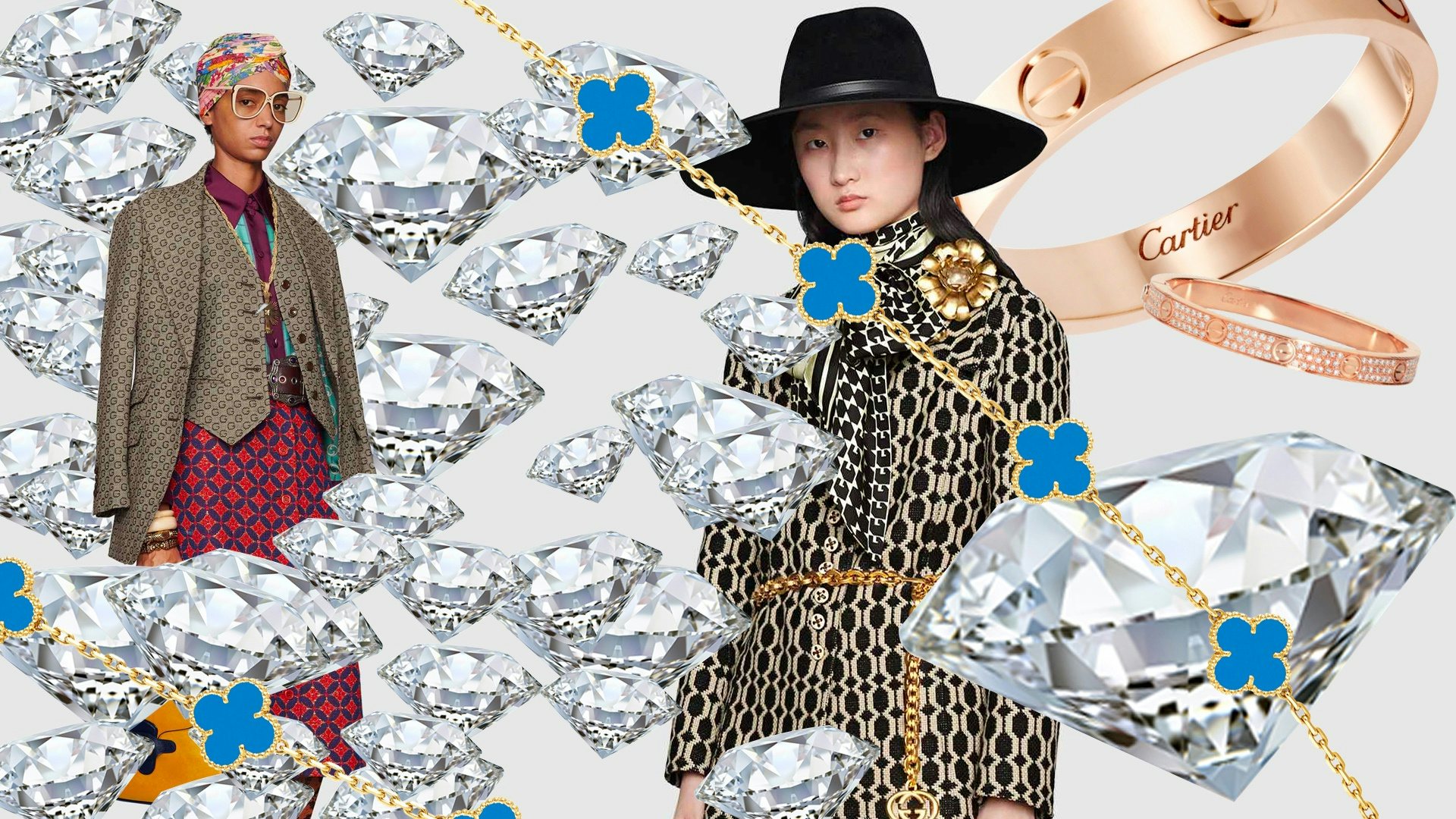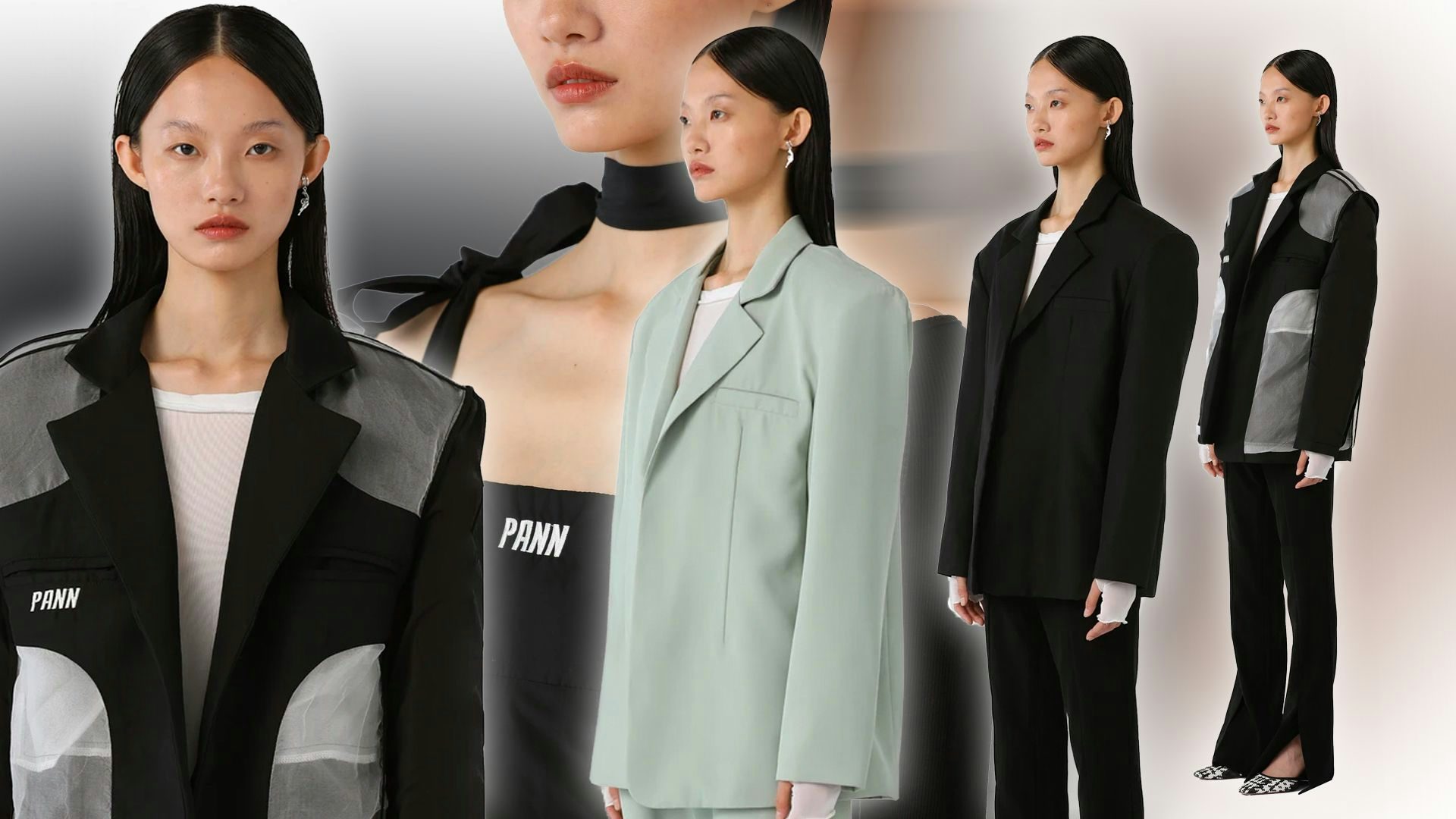Key Takeaways:#
- In luxury, the future is female, and the jewelry subsegment should see a shift to self-purchasing and impulse purchasing that can more than compensate the slowdown in bridal.
- A quartet of specialists and a trio of generalists should capture a lot of the attention and market share in the years ahead.
- Like with many other subsectors under COVID-19, consumers are buying less but buying better and if this continues, Cartier and Tiffany are poised to win.
As explained in a previous column, a combination of “womenomics” and societal change will bring about a new wave of spending from female consumers in the luxury sector. While women already influence the vast majority of household purchasing decisions and as such will move the needle for all consumer sub-sectors, the natural beneficiaries will be those that are already female-driven such as cosmetics, handbags, and jewelry. Unlike the first two, the latter is still a broadly unbranded space with very few credible global players. However, this is about to change with a decade-long growth journey. In China, local jewelry retailers such as Chow Tai Fook, Luk Fook or Lao Fen Xiang dominate the landscape but imported brands in luxury are poised to outperform.
According to De Beers, Millennials combined with Gen Zers, account for two-thirds of the total spending on diamond jewelry in the four largest diamond-consuming countries. While most jewelry is unbranded and many countries have local champion brands (i.e., Titan in India or Chow Tai Fook in China), very few global brands exist in this space. When leaving aside the more affordable brands (Swarovski, Pandora), luxury names that are big and relevant for consumers around the world are few and far between: Tiffany, Cartier, Van Cleef & Arpels, and Bulgari are the four key names.
Each has a distinct positioning: Tiffany, the iconic New York jeweler (soon to be part of LVMH), is well known for its diamond and sterling silver pieces and tops consumer brand preference surveys in the US. It’s about to get a lot of attention (and investments) as LVMH takes over next year and has recently played on its “inclusive versus exclusive” positioning. Cartier, the prestigious French brand (part of the Richemont group) is interestingly known as “the jeweler of kings and the king of jewelers,” and is preferred in China. Van Cleef & Arpels (another French Richemont asset) is known for its romantic femininity and its pieces shaped like animals or floral designs. And finally, Bulgari (part of the LVMH group as well) is an exuberant Roman jeweler. These are the four pillars.
They are the references in the space and it is difficult for other brands to build a strong credibility and following as jewelry implies trust and here again size matters. Pre-COVID, Chinese consumers would only go to long established brands and those who had big flagship and a following in most of the destinations they flew to. Post-COVID, they will likely continue to flock to the same names and, if the short term is a proxy for anything, market share gains from Cartier are impressive.
I am confident that with LVMH at the helm, Tiffany can stand out in the years ahead as well. While cosmetics are a crowded space and brands like Louis Vuitton or Gucci in handbags have managed to see their sales soaring over the past six years, I see no reason why Cartier and Tiffany could not double sales over a similar amount of time. China again should be the key battleground and for now Cartier has an edge. But with LVMH backing, it is very likely that the New York brand will focus its efforts on this higher margin, higher growth market. Both brands are a lot more adjacent in China than in Japan or the US where Tiffany sells more silver and access price points.
There are other competitors, but they are smaller and less global in terms of their retail footprint (Harry Winston, Boucheron, Chaumet, Fred, Graff, Buccellati, Chopard, Damiani, David Yurman) or are not purely jewelers (Chanel, Louis Vuitton, Christian Dior). Those three generalist brands however could actually give some pure jewelry companies a run for their money as they have the means to invest substantially in building out the business. As an example, Louis Vuitton started off 2020 by purchasing the second biggest diamond on the planet and has gained much PR traction (and sales!) for the category in recent years.
Women are getting married at a later age, which should also put pressure on the jewelry segment as traditional bridal jewelry suffers. The reality, however, is that more than 50 percent of women are buying jewelry for themselves either as a celebration of an achievement at work, as an indulgence to treat themselves (do you always need a reason?), or as an investment that they can pass down to their own daughters, according to MVI Marketing, a jewelry consulting firm.
Early in 2019, Real is Rare, Real is a Diamond, an important communication platform from the Diamond Producers Association (DPA), an alliance of the leading mining companies, launched a series of films with women rewarding themselves. Having sensed how dominant self-purchasing had become, the association had all films end with the tag line “for me, from me,” a telling message to attract female consumers directly to the products. Forget the spouse, it’s me, myself and I — self-purchasing is the future and branded luxury jewelry has what it takes to shine.
Erwan Rambourg has been a top-ranked analyst covering the luxury and sporting goods sectors. After eight years as a Marketing Manager in the luxury industry, notably for LVMH and Richemont, he is now a Managing Director and Global Head of Consumer & Retail equity research. He is also the author of Future Luxe: What’s Ahead for the Business of Luxury (2020) and The Bling Dynasty: Why the Reign of Chinese Luxury Shoppers Has Only Just Begun (2014).

